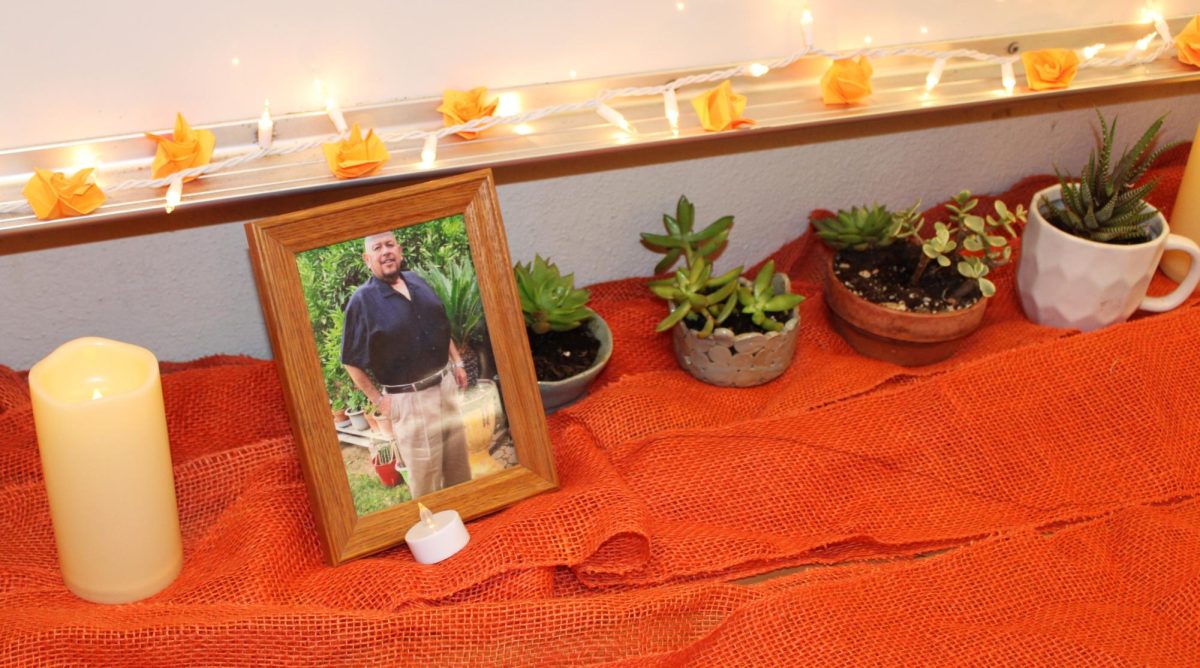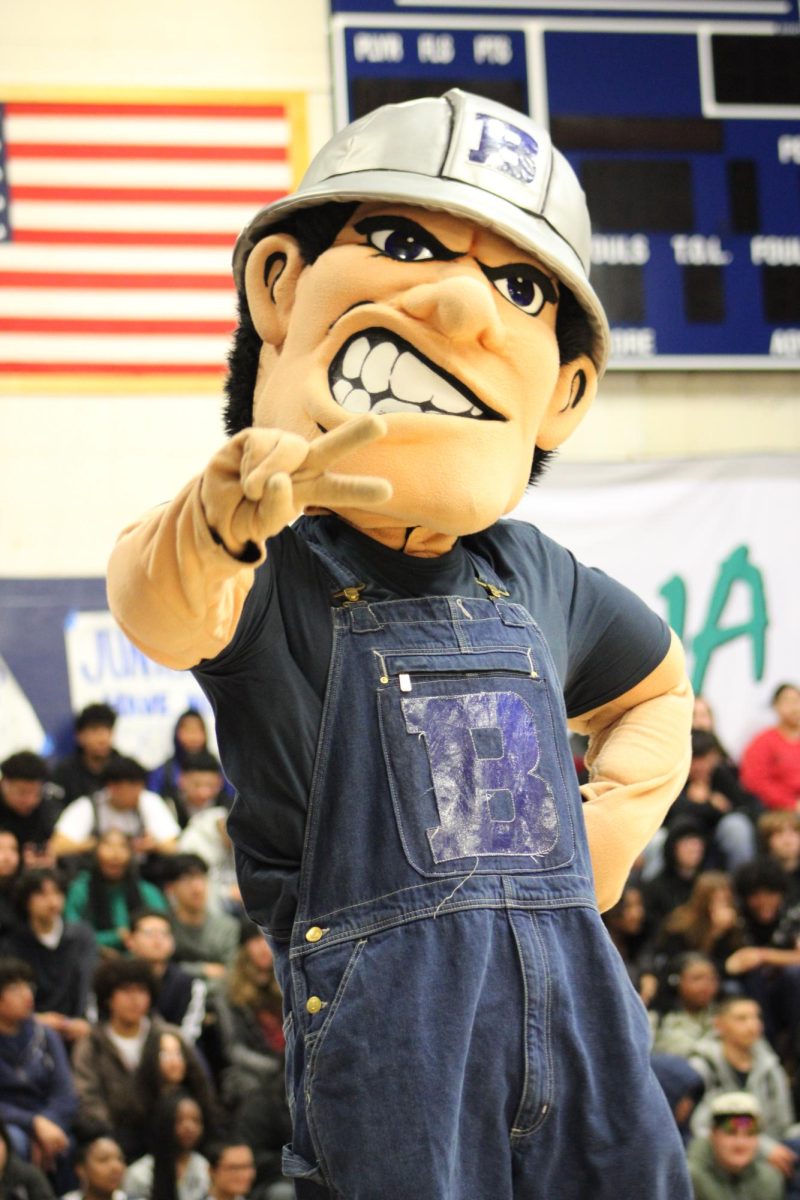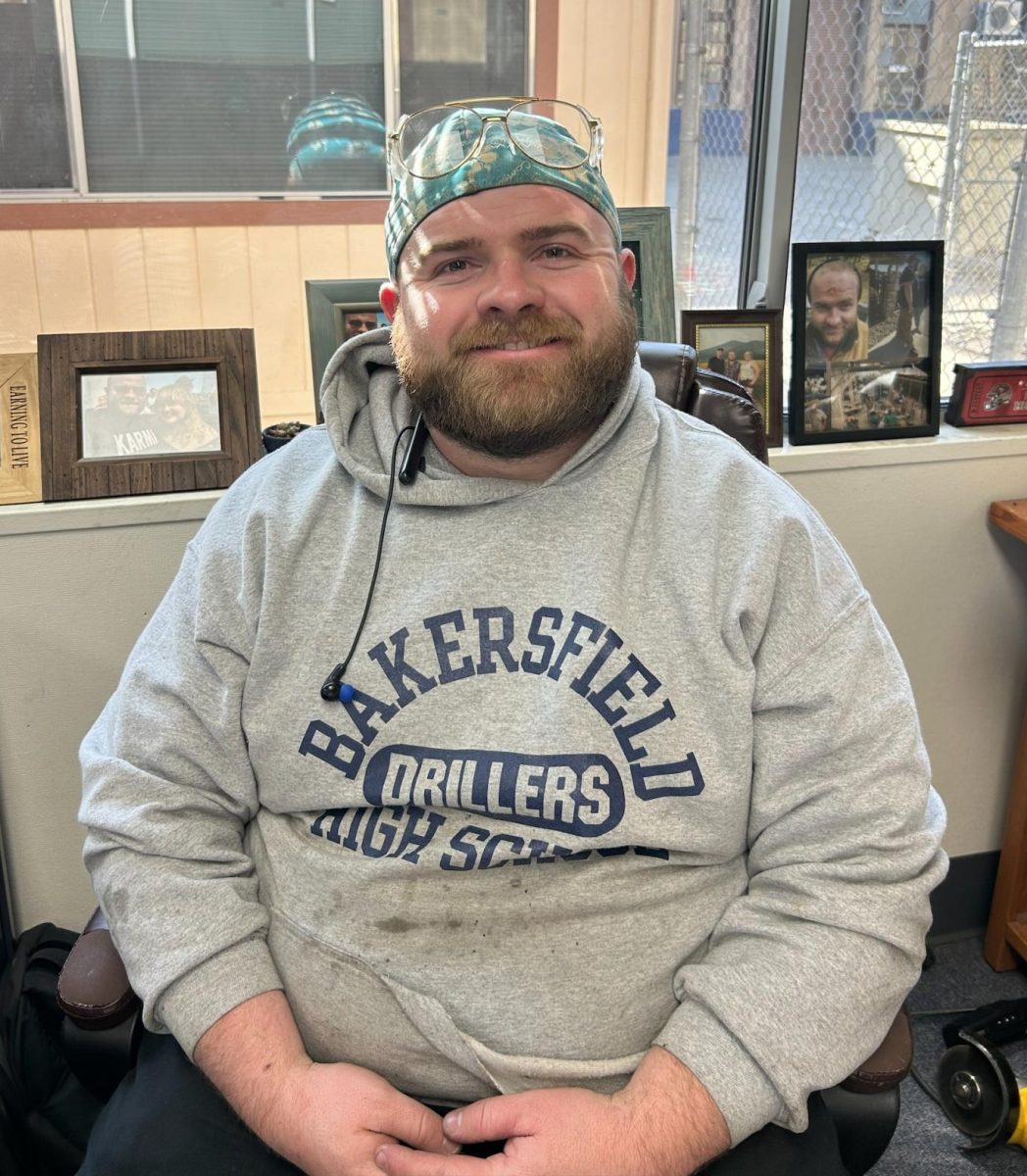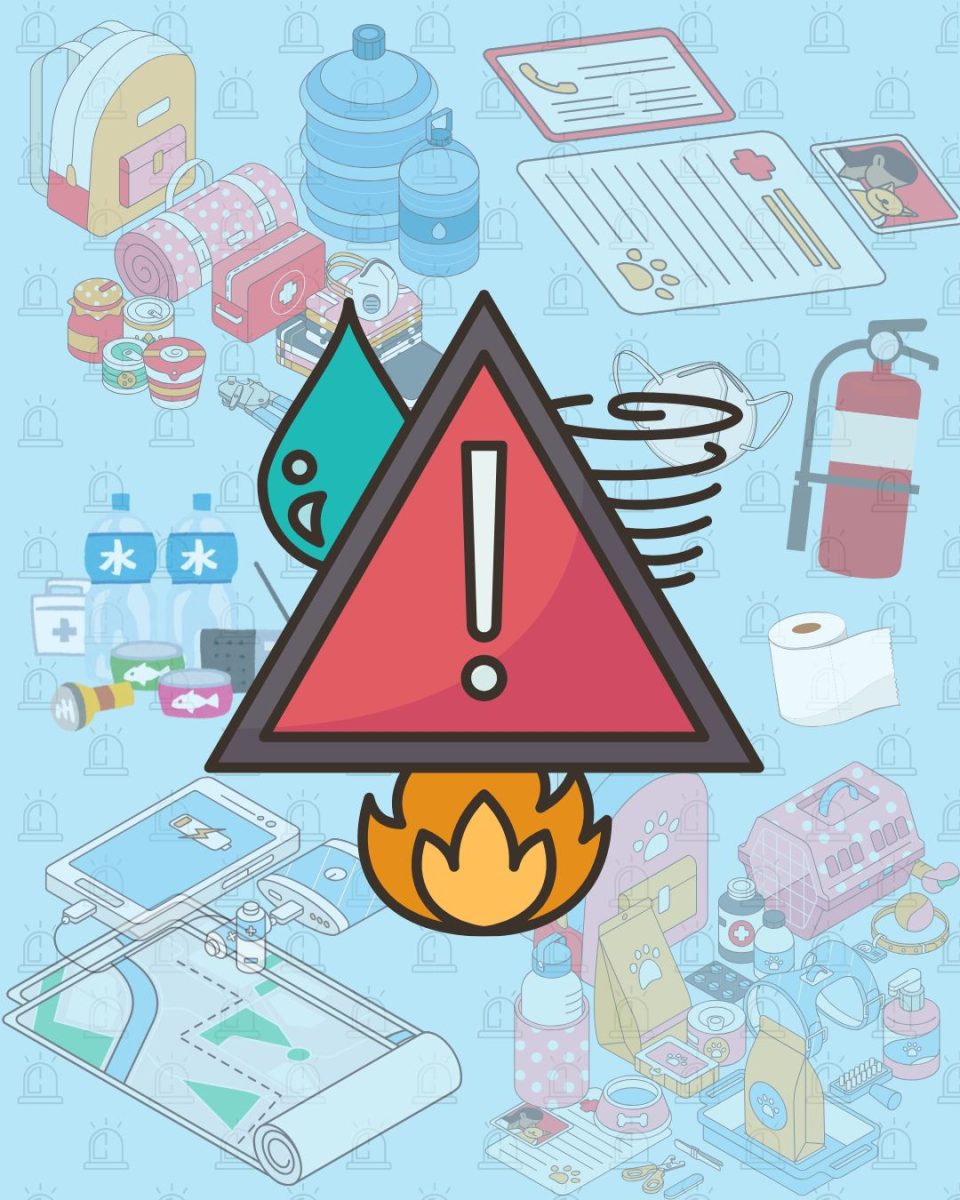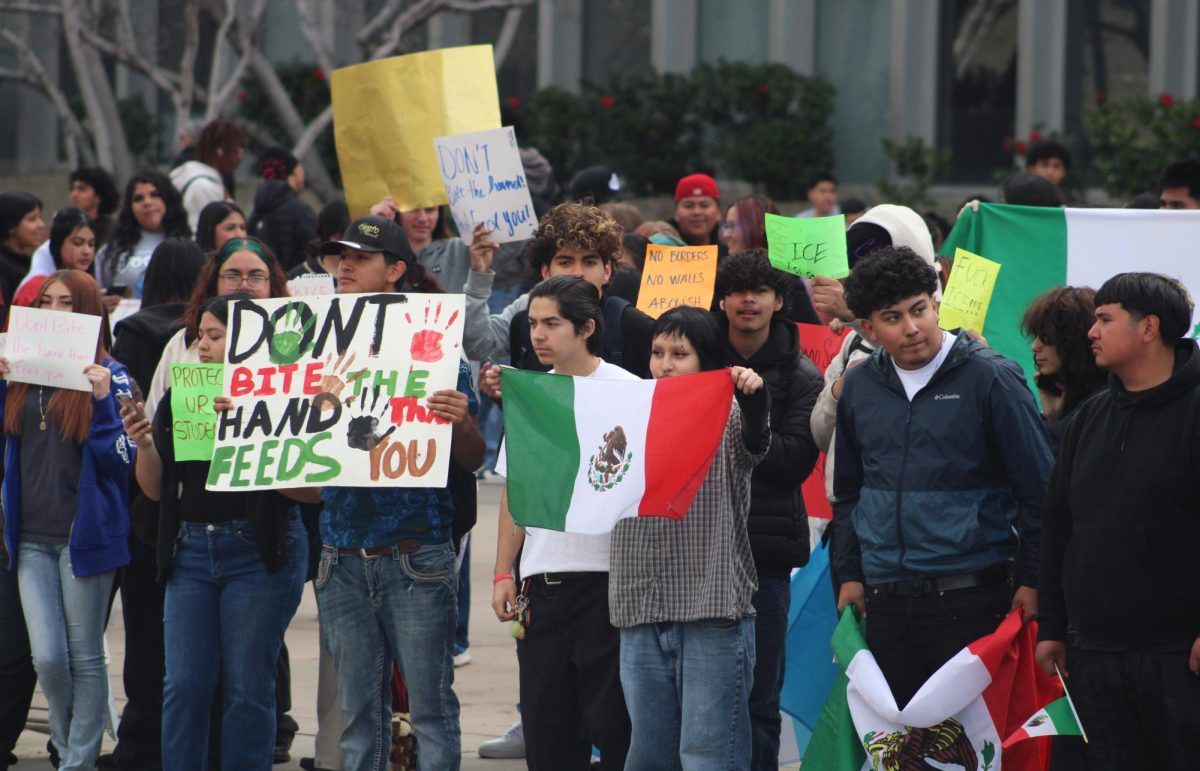Dia de Los Muertos, or the Day of the Dead, is a Mexican holiday where families get together to welcome back the souls of their deceased relatives with a short reunion or celebration with food, and drinks. And, Dia De Los Muertos does not have to be religious.
Dia de Los Muertos is celebrated each year usually from Oct. 31, through Nov. 2. This is because according to tradition, the gates of heaven open at midnight on October 31; that is when the spirits of children can rejoin their families. November 2 is All Souls Day, and this is when even adults’ souls can pass through the gates, signaling that it is officially Dia De Los Muertos.
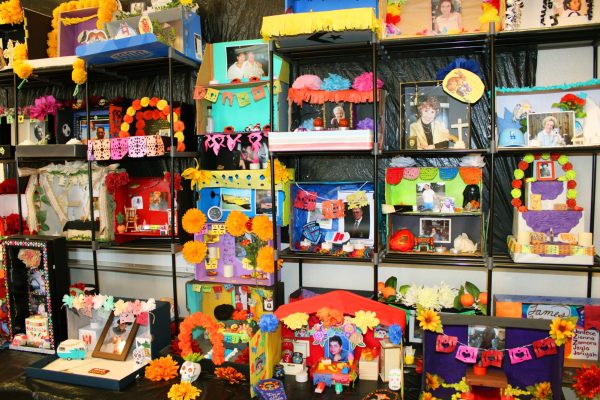
Although Halloween and Dia de Los Muertos both share some traditions like costumes and parades, Dia de Los Muertos is not considered a Mexican Halloween like some shared misconceptions lead people to believe.
How Is Dia de Los Muertos Celebrated?
During the time that the souls of the day awaken and return with their families to the living world as it is believed, they feast, drink, play music, and dance with their loved ones. The family members treat their deceased relatives as honored guests in their celebrations. The family will leave some of the deceased relatives’ favorite foods and other offerings at either gravesites or on ofrendas built in their homes.
Ofrendas are usually decorated with candles, bright marigolds, also known as cempasuchil, and red cock’s combs. On the side are stacks of handmade tortillas and fruit. A very important part of an ofrenda is to have a picture of the deceased person there because it is believed that is how the souls can return to their families. The point of ofrendas is to represent the remembrance of the departed and to know that their presence is everlasting. It is also a reminder that life is eternal. Ofrendas speak of affection toward the deceased and are an expression of love towards life.
The symbols most related to Dia de Los Muertos are calacas and calaveras (skeletons or skulls). Therefore during families’ celebrations, people will commonly wear skull masks and eat sugar candy molded into skull shapes. There is also a bread, pan de muerto, that is eaten on this day. Pan de muerto is a traditional sweet baked bread. People will also drink coffee, spicy dark chocolate, and a corn-based drink called atole.
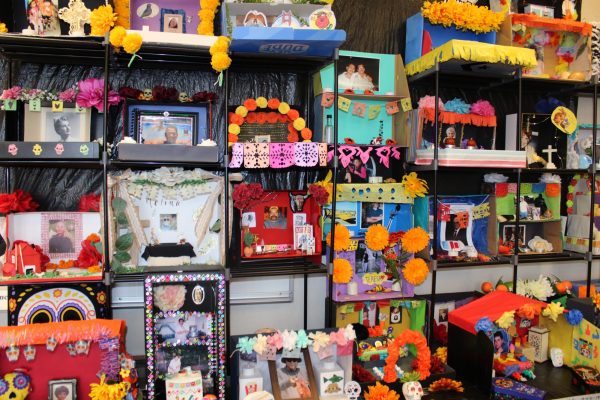
Dia de Los Muertos at Bakersfield High School
Several teachers at BHS are celebrating Dia de Los Muerto; they talk with students about how they celebrate and are including the celebrations in their classrooms.
Griselda Sanchez, who is a part of the Spanish-speaking Mexican culture, spoke about what she does and why her students need to be able to do activities for this.
Sanchez has a wall full of ofrendas, or alters, in her classroom for her students to feel welcome to make their own for their families. Sanchez says it’s important for her students to hear stories that their great-grandparents may not know and that they can get to know them through this project. Sanchez doesn’t make her students participate, it’s just something that she does for her students to participate in if they want to. If they don’t want to for specific religions or beliefs, she has an alternative assignment for other students that is related but different.
Sanchez loves that her students participate in the Dia de Los Muertos celebrations because she says her room comes to life with her students’ projects. She says that every ofrenda is different because everyone’s relatives had different things that they loved. Sanchez does this every year for her students to participate in, and she’s been doing it for about 15 years now.
Sergio Espain, who teaches English and Chicano Latino American Literature teacher at BHS, also celebrates Dia de Los Muertos within his classroom.
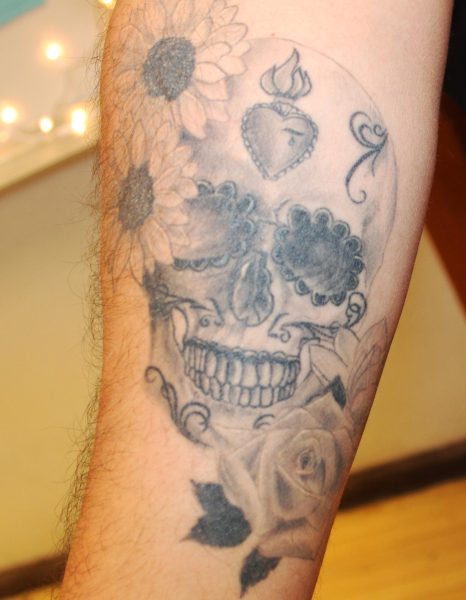
Espain lost his dad two years ago, and that is when he started to celebrate Dia de Los Muertos; his family celebrates it yearly now.
Espain has a small altar in his Warren Hall classroom for whoever wants to add to it, but it is not required. Espain has his room decorated with a Dia de Los Muertos theme all year long. He said that his classroom is a reflection of him, so his students know what he respects and that Dia de Los Muertos means a lot to him. Espain also has a tattoo about Dia De Los Muertos that has a very special meaning.
Espain, like Sanchez, wants his class to be a welcoming place for all.
Events in Kern County for Dia de Los Muertos
There is a local event for Dia de Los Muertos hosted by the Kern County Hispanic Chamber of Commerce that will take place at the Kern County Fairgrounds on Nov. 5 from 1 p.m. to 7 p.m. This is a family event with many activities going on. There are pre-sale tickets available for $8 or there is a $30 family pack available online only. Tickets are $10 a person if purchased in person; children aged 5 and under enter for free. At this event, there will be:
- Free kids activities (sugar skull decorating, face painting, and crafts)
- Traditional Aztec dancing & blessing.
- Live music
- El Catrin & La Catrina costume contest
- Ballet, Folklorico, and Mariachi performance
- Authentic Mexican food, and beverages
- Dia de los Muertos merchandise & vendor booths

